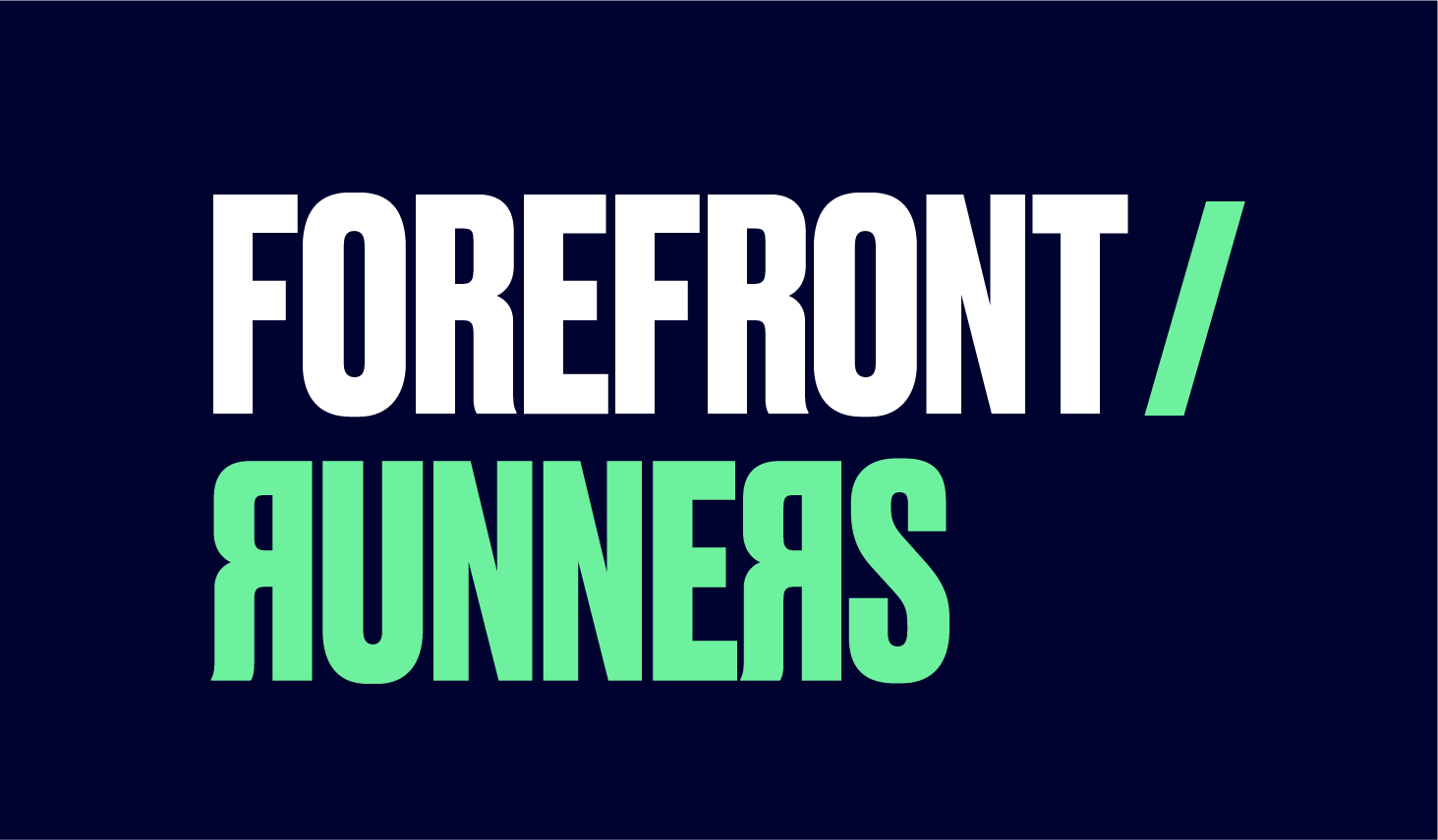What Can the Rugby World Cup Teach us About Investing?

The Rugby World Cup final in Paris marks the climax of intense competition, showcasing the importance of balanced teamwork and adaptability in the face of challenges. Observing this, it becomes evident that constructing a diversified equity portfolio mirrors the art of managing a successful rugby team.
A portfolio, like a rugby squad, requires a well-thought-out combination of roles, diversity, collaboration, adaptability, and leadership. Just as a rugby manager selects the best players, an effective portfolio manager assembles the right mix of companies.
In this analogy, high dividend yield companies are akin to rugby forwards, offering stability and reliability. They provide a solid foundation for a portfolio by consistently distributing profits as dividends, contributing to its stability. They also act as a defense against market volatility, just as forwards shield a team from losses.
On the other hand, lower yield growth companies are like rugby backs, known for speed and agility. They offer potential for above-average growth, even if their dividend yields are lower. Similar to backs taking calculated risks to score tries, investing in these growth companies involves risk but can lead to substantial returns.
Diversification, akin to substitutions in rugby, is essential in managing portfolio unpredictability. It helps mitigate volatility by spreading risk across different assets, just as a strong bench of players can step in when needed to maintain team performance.
Continuous portfolio monitoring, like rugby squad adjustments, is crucial. Investors should regularly review their portfolios, assessing company fundamentals and adapting to changing market conditions. Taking a long-term view, just as rugby managers look beyond short-term form, allows investors to identify the long-term winners amid market noise.
